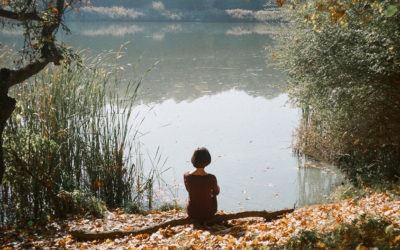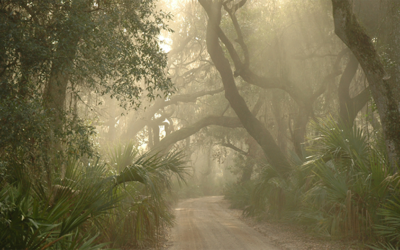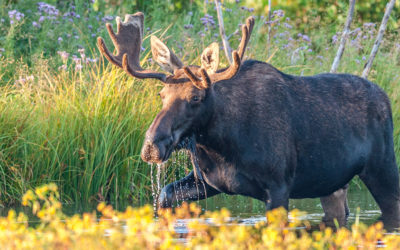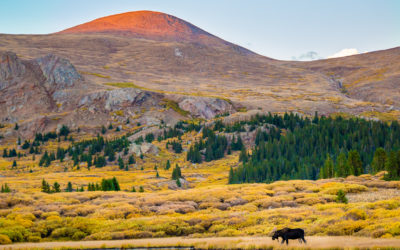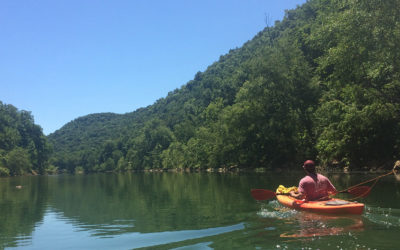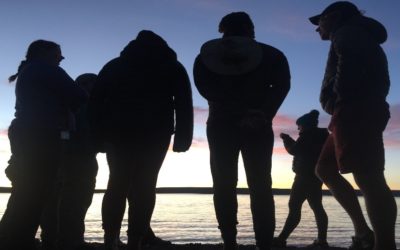© Shane Rounce
In this issue
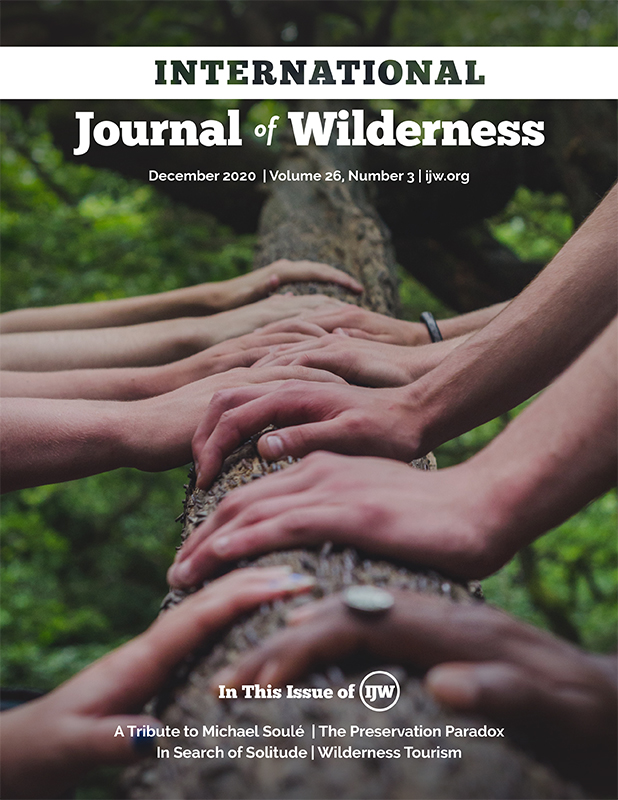 In this issue of IJW, we remember Michael Soulé and his contributions to conservation. Karen Mudar examines managing cultural resources in wilderness. Tyler Cribbs, Ryan Sharp, Matthew Brownlee, Elizabeth Perry, and Jessica Fefer investigate solitude for wilderness and nonwilderness users. And Grant Dixon discusses the implications of tourism on the Tasmanian Highlands.
In this issue of IJW, we remember Michael Soulé and his contributions to conservation. Karen Mudar examines managing cultural resources in wilderness. Tyler Cribbs, Ryan Sharp, Matthew Brownlee, Elizabeth Perry, and Jessica Fefer investigate solitude for wilderness and nonwilderness users. And Grant Dixon discusses the implications of tourism on the Tasmanian Highlands.
Get started by reading the articles below. You can also view and/or download the full issue at the bottom of this page.
Articles
What We Have and What We Need
As we reach the end of the 26th volume of the International Journal of Wilderness, it is worthwhile to reflect on this year that was 2020.
A Tribute to Michael Soulé
The following is a tribute to the life and contributions of Michael Soulé from several colleagues and friends.
The Preservation Paradox: How to Manage Cultural Resources in Wilderness? An Example from the National Park Service
At the same time that federal agencies must comply with protection measures of the Wilderness Act, federal cultural resource laws require agencies to take into account the effects of federal undertakings on cultural resources.
Good News: Wilderness Is Not a Victim of Our Current Intense Political Partisanship
As for intense political partisanships, it is a fact of life in our politics and will always be. But it need not high-center progress for wilderness.
Biodiversity within the National Wilderness Preservation System: How Well Do Wilderness Areas Represent Species Richness across the Contiguous United States?
We quantified the spatial representation of amphibians, birds, mammals, and reptiles across the contiguous US (CONUS) by evaluating biodiversity, measured by species richness, within wilderness areas compared to CONUS.
In Search of Solitude: A Case Study of Wilderness and Nonwilderness River Users
According to a 2016 report by the US Forest Service, national visitation in designated wilderness has been steadily rising since 2007, which raises the question: What are the social conditions desired by the public in designated wilderness?
The Increasingly Social World of Long-Distance Hiking
In this article, we contrast the solitary character of Muir’s wanderings in nature with the increasingly social character of today’s long-distance hikes.
Wilderness Tourism: A Cautionary Tale from the Tasmanian Highlands
The word “wilderness” is generally associated with extensive areas of land that remain in a largely natural and undeveloped condition.
Book Review
Underland: A Deep Time Journey. By Robert Macfarlane
View the full journal
Please note: Individual electronic access, passwords, and IP address access are intended for the subscriber only. These means of access should not be shared, posted, or distributed without the consent of the IJW team.
To download: click the button above, and then click the download button at the top left corner of the newly opened tab.

